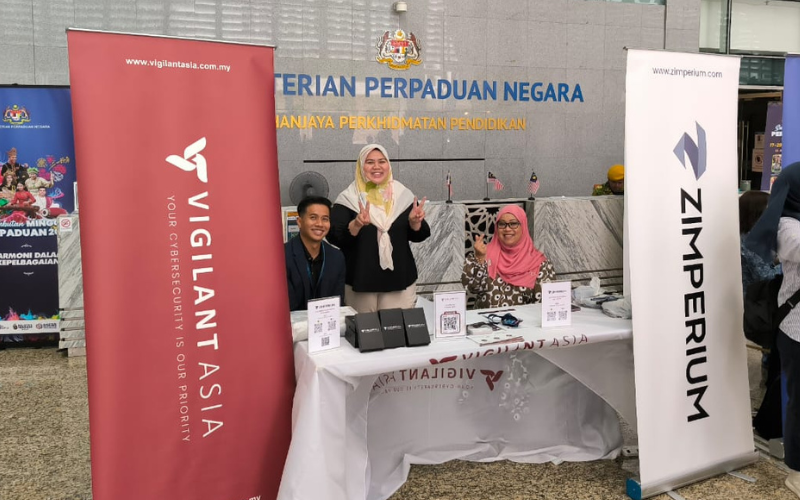
3 April 2023
Continuous Security Validation and Why You Need It

Building and maintaining robust cyber defenses require money, time, and resources, so it's essential to ensure that your security controls are working as desired.
With the dynamic nature of cybersecurity, what’s secure today isn’t necessarily secure tomorrow. This means that “point in time” security validations such as compliance audits or annual penetration tests, don’t guarantee your network is secure outside the duration of these tests.
Continuous security validation solves this issue by continuously testing security controls. So what exactly is continuous security validation (CSV) and how does it benefit you? Let's take a closer look.
What is Continuous Security Validation?
CSV is a cybersecurity method of consistently testing a company's already-enabled security controls, and verifying that they work as intended and as effectively as possible.
CSV is not a traditional point-in-time assessment of the security posture, such as a penetration testing exercise, but rather a consistent and thorough process that scans for vulnerabilities. It’s a sustained, offensive technique that approaches the attack surface, security controls, and lateral movement paths from the perspective of an attacker, employing many of the same tactics, techniques, and procedures (TTPs).
This type of assessment allows for a more comprehensive understanding of security controls with their effectiveness mapped against the MITRE ATT&CK Framework - a curated collection of cyberattack methods and tactics used by threat actors across the entire attack lifecycle.
Benefits
Improved vulnerability detection and remediation
Without continuous security monitoring, vulnerabilities will be discovered when:
All of these situations occur at a later time. By taking a proactive and continuous approach, vulnerabilities will be detected much faster.
Better network visibility
CSV if implemented properly, will force you to examine your security posture holistically, enhancing your overall visibility. Your security operations will shift from being reactive to proactive.
Validation of your security posture today
Modern networks are fluid. By continuously testing and validating your security controls, you can ensure that your defenses are strong enough to protect against the latest threats.
Smarter budget usage
By adopting CSV, organizations are given visibility into which security measures are working and which aren’t. More informed decisions can then be made on which security controls are worth investing in.
Helps security teams configure tools and components
One of the challenges security teams face is the creation of precise detection rules and other configurations for the multitude of security tools at their disposal. Whether dealing with SIEM, Firewalls, EDR, IPS/IDA, or NDR solutions, CSV allows teams to map out a more precise roadmap when creating detection rules and configuring security controls.
Methods
The most effective methods leverage a mix of human ingenuity, artificial intelligence, and automation. The most common techniques are:
1. Red Teaming
Red teams are experts in attacking and breaching defenses and will attempt to compromise a network the same way a malicious attacker would. With a mix of manual testing, automated tools, and human skill, Red Team Assessments are one of the best CSV techniques you can adopt due to their expertise being nearly impossible to replicate.
2. Breach & Attack Simulation (BAS)
BAS is an advanced cybersecurity testing method that uses automated simulations to mimic real-world attacks. These simulations will continuously challenge, assess, and optimize security controls across the full cyber kill chain, akin to continuous, automated penetration testing.
Often, BAS tools will leverage known exploits from the MITRE ATT&CK database, as well as allow for custom scans. BAS platforms may also automate the process of recommending remediation steps when an issue is detected.
BAS tooling will frequently use known exploits from the MITRE ATT&CK database, as well as allow for custom scans. When an issue is detected, BAS platforms may also automate the process of recommending remediation steps.
Conclusion
The importance of continuous security validation cannot be overstated. It doesn’t eliminate the need for network security tools or replace architectural design methodologies such as zero trust. However, it does:
Help you stay ahead of the curve: Threats are constantly evolving and if you're not continuously validating your security controls, you're putting your organization at risk.
Enable you to detect vulnerabilities early on: By identifying and addressing vulnerabilities as they come up, the risk of a security breach is significantly lowered..
Allow for a more efficient way to work: Continuous security validation is automated and can be scheduled to run at regular intervals.


